Products made of wood sold in the United States are subject to various regulations, standards, and other compliance requirements — which set requirements concerning documentation, chemicals, labeling, and testing.
In this guide, we take a closer look at the Lacey Act, 7 CFR Part 319 Subpart I, and other regulations relevant to companies manufacturing or importing wood and bamboo products to the United States.
Content Overview

FREE CONSULTATION CALL (30 MIN)
 Ask questions about compliance requirements
Ask questions about compliance requirements Countries/markets:
Countries/markets:
 Learn how we can help your business
Learn how we can help your business
You will speak with:Ivan Malloci or John Vinod Khiatani
Lacey Act
The Lacey Act prohibits the importation of illegally sourced plants, such as wood and bamboo, and products made of these materials into the United States.
The Lacey Act also requires the submission of a declaration for many covered products.
Prohibited acts
The Lacey Act lists prohibited acts, some of which apply to plants and products thereof. For example, the Act bans you from:
a. Importing, exporting, transporting, and selling illegally-acquired plants
b. Falsely labeling plants and plant products imported from foreign countries
Lacey Act Declaration
The Lacey Act requires you to file a declaration if your product fulfills the following conditions:
- It comprises plant material
- It is classified under a Harmonized Tariff Schedule (HTS) code
- It is imported as a formal entry
- It belongs to one of the entry-type codes listed on the USDA APHIS website
You can find the list of products covered by the declaration requirements on the USDA APHIS Lacey Act Declaration Implementation Schedule page. Here are some examples of those products:
- Wooden Christmas ornaments
- Hunting knives with wooden handles
- Bamboo seats
- Bamboo basketwork
Your declaration should contain:
- The plant’s scientific name (genus and species)
- The description of its value and quantity
- The plant’s country of origin
- Plant species used (for plant products, if the plant species varies or is unknown)
- Country or countries of acquisition (if the country of origin varies or is unknown)
- The percentage of recycled content (if the product is paper or paperboard)
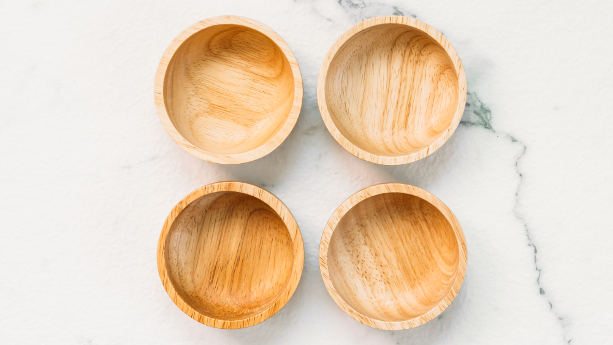
7 CFR Part 319 Subpart I – Wooden Handicraft
This subpart sets requirements for products made of wood, including wooden handicrafts. According to the regulation, “wooden handicraft” refers to a category of products manufactured from natural wooden components. This category includes products such as baskets, birdhouses, and bamboo poles.
If you import or manufacture wooden handicrafts, you should comply with the regulatory requirements regarding:
- Phytosanitary treatment
- Documentation
- Labeling
Phytosanitary treatment
Regulated articles should undergo phytosanitary treatments per the requirements in 7 CFR Part 305, in order to neutralize plant pests before import or interstate movement.
According to the Agricultural Commodity Import Requirements page on the USDA APHIS website, these requirements only concern unprocessed or “primary processed” wooden handicrafts.
They do not apply to “fully processed” wooden handicrafts.
What are primary processed wooden handicrafts?
A definition of primary processing can be found in 7 CFR Part 319 Subpart I and includes cleaning and rough shaping, among other processes.
What are fully processed wooden handicrafts?
While we could not find a definition of fully processed wooden handicrafts, we found that products that are “machined smooth on all sides (including ends)” are considered fully processed.
Documentation
7 CFR Part 319 Subpart I requires you to provide a permit and an importer document or certificate in some cases. This section explains the requirements for those documents.
Permit
According to 7 CFR Part 319.40-4, you need to apply online for a permit to import some types of wooden handicrafts. Specifically, according to the Agricultural Commodity Import Requirements page, we understand that a permit is only required for primary processed products.
The subpart does not specify what information the permit should contain.
Importer document or certificate
In some cases, such as for wooden handicrafts imported from China that have a diameter greater than 1 cm, you should also provide an importer document or certificate that contains the following information:
1. The genus and species of the tree used to make the regulated article
2. The location (country and locality, if known) where the tree was harvested
3. The quantity to be imported
4. Intended use of the regulated article
5. Pre-arrival treatments or handling of the regulated article were performed as required
Also, in this case, the Chinese manufacturer must be on the list of approved manufacturers.
Labeling requirements
If you import wooden handicrafts more than 1 cm in diameter from China, the regulation requires you to ensure your packages are labeled with a merchandise tag that contains the manufacturer’s identity.
The identification tag should be attached before exportation from China and remain affixed to the package until it reaches the point of sale in the United States.
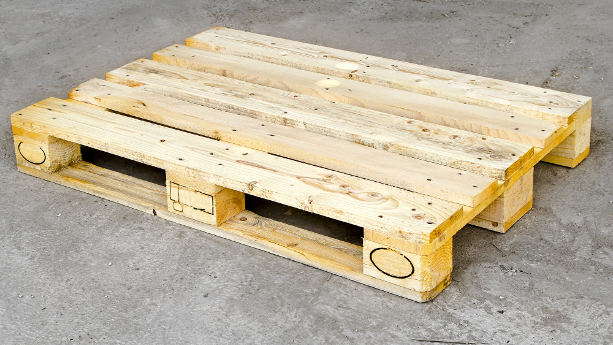
7 CFR Part 319 Subpart I – Wood packaging
Besides applying to wooden handicraft and other wood products, this subpart also applies to wood packaging material, which is used to support, protect, or transport products. This includes products such as:
- Pallets
- Cases
- Skids
If you import wood packaging material into the United States, you should comply with the regulatory requirements regarding:
1. Treatment – Wood packaging material should undergo phytosanitary treatment per 7 CFR Part 305
2. Labeling – You should permanently label your wood packaging with a marking approved by the International Plant Protection Convention certifying that the wood packaging has undergone an approved treatment.
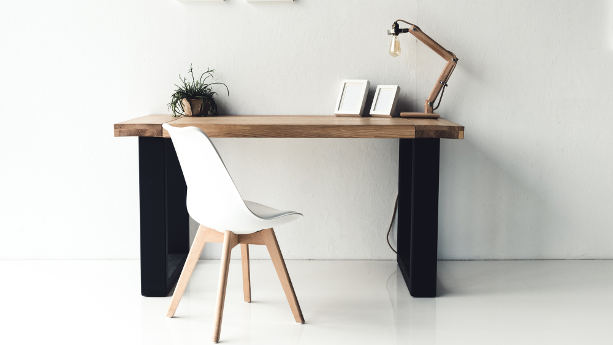
40 CFR Part 770 – Formaldehyde Standards for Composite Wood Products
40 CFR Part 770 sets substance restrictions, documentation, and labeling requirements for:
- Composite wooden products
- Component parts comprising composite wooden products
- Finished goods comprising composite wooden products
Substance restrictions
The regulation sets the formaldehyde emission standards for the following composite wood products:
a. 0.05 parts per million (ppm) – hardwood plywood made with composite, or veneer, core
b. 0.11 ppm – medium-density fiberboard
c. 0.13 ppm – thin medium-density fiberboard
d. 0.09 ppm – particleboard
Standards
This part requires you to test your product against formaldehyde emission requirements using the following test methods:
a. ASTM E1333-14 Standard Test Method for Determining Formaldehyde Concentrations in Air and Emission Rates from Wood Products Using a Large Chamber
b. ASTM D6007-14 Standard Test Method For Determining Formaldehyde Concentrations In Air From Wood Products Using A Small-Scale Chamber
Documentation
40 CFR Part 770 requires you to comply with its documentation requirements, such as certification, reporting, and recordkeeping.
Certification
You should apply for TSCA certification before you import, manufacture, or sell composite wood products (e.g., panels) in the United States. If you are a panel producer and do not have previous certifications, you should include the following in your application:
1. Your name, address, phone number, and other contact information
2. A copy of your quality control manual
3. Your quality control manager’s name and contact information
4. The products you requested certification for, and the resin system used to produce the panels
5. Results of tests performed per methods ASTM E1333-14 or ASTM D6007-14
6. A minimum of five quality control tests
7. The correlation data and linear regression equation
8. The results of an on-site inspection performed by your third-party certifier
Reporting and record keeping
The regulation requires panel producers to maintain records and make them available to their third-party certifiers. You can find the list of required records under 40 CFR Part 770.40.
Labelling requirements
In addition to complying with documentation requirements, panel producers should generally ensure that they label their products with:
- Their name (or number)
- The lot number
- The EPA TSCA Title VI TPC number
- A statement indicating the product’s TSCA Title VI certification
If you manufacture finished goods that contain composite wood products, your label:
a. May be a stamp, sticker, or tag
b. Should include, in English, your company’s name, production date, and a statement indicating compliance with TSCA Title VI
CPSC Safety Rules
The CPSC develops safety rules and standards that cover a wide range of products. Several of these rules are related to products that may contain wood, bamboo, and similar materials. Here are some examples:
a. 16 CFR Part 1213 – Safety Standard For Entrapment Hazards In Bunk Beds
b. 16 CFR Part 1261 – Safety Standard For Clothing Storage Units
c. 16 CFR part 1270 – Safety Standard for Adult Portable Bed Rails
Note that, in general, you need to test your product and draft a General Certificate of Conformity (or a Children’s Product Certificate, for children’s products made of wood) in order to comply with the CPSC requirements.
Each standard may also have specific requirements concerning labeling, documentation, and more.
ASTM standards
The ASTM develops standards for a broad range of products. You are responsible for applying relevant ASTM standards to ensure regulatory compliance and product safety.
This section lists several examples of ASTM standards relevant to wooden products. Note that more standards may exist:
ASTM D6880 – Standard Specification for Wood Boxes
ASTM D3201 – Standard Test Method for Hygroscopic Properties of Fire-Retardant Wood and Wood-Based Products
ASTM D6039 – Standard Specification for Open and Covered Wood Crates
ASTM D7469 – Standard Test Methods for End Joints in Structural Wood Products
Additional Requirements
Here are some additional requirements applicable to wood and bamboo products.
| Regulation | Description |
| CPSIA | The CPSIA regulates children’s products, including products made of wood such as:
For instance, it requires you to have your product tested by a CPSC-accepted lab, create a Children’s Product Certificate, and provide tracking label information. |
| 21 CFR (FCM) | 21 CFR sets safety requirements, such as substance restrictions, for products that are intended to come into contact with food. Here are some examples of products that may be made of, or contain, wood or bamboo (including paints and coatings) and that may come into contact with food:
|
| California Proposition 65 | California Proposition 65 restricts the use of certain hazardous substances in consumer products.
Some wooden consumer products may contain substances restricted by California Proposition 65. Here are some examples of substances and products that may be found in wooden products, paints, or coatings:
|
| 19 CFR Part 134 – Country of Origin Marking | It is mandatory for you to label your product with the Country of Origin Marking before you import your product into the United States.
For example, if your wooden or bamboo product is made in Japan, then it should bear a label stating: “Made in Japan”. |
Recommended articles






















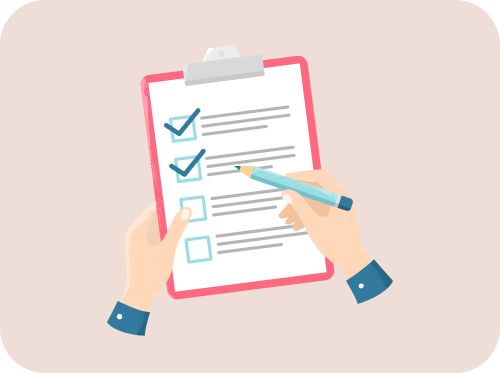
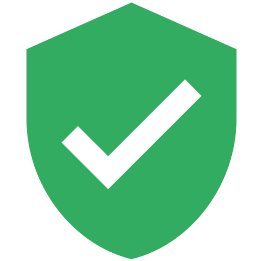
.png)
.png)
.png)



I received a plaque from Vietnam with a personal picture sketched with pencil on a slice of wood (including bark). One day I notice a small mound of sawdust on the floor under the picture. Upon examination I found a little bore hole through the entire depth. I cautiously put it outside. There is another mound if sawdust on the patio under the picture and another long area affected. I do not see a bug or worm????? What do you suggest?
Dear Mr. Gronkvist,
I am trying to mount an art show, in New York City, of my in-laws art, who live on the west coast of Sweden. My father-in-law makes sculptures made of wood, specifically, Swedish old fur from the Northern parts of Sweden. Will I have any trouble bringing his sculptures (perhaps 10 piece in all) into the U.S., from Sweden?
Thank you for your advice and help!
Best,
Michael
Hi,
Am just wondering, I had stainless steel kitchen sink to be export to USA. This comes with accessories which include bamboo chopping board. The sink had Cupc certificate to be export to USA. Do I need any certification or permit or fumigation needed for the chopping board which includes in the sink package
Hi.. I want to deliver wooden flower bowls ( Pine -Oak ) from Turkey.
Do I need a fumigation for that.
Thank you very much
Hi !
the article is very informative, thanks! But just one question – you have discribed the process of impoerting wooden handicraft from China but if the product is manufactured in Russia, what shall be the procedure of importing,what first steps ? Shall we submit the Russian manufacture to APHIS ePermit and get all these lab search?
Hi Marina,
This is not mentioned in the APHIS FAQ so all I can say is that you’ll need to contact them
Can you kindly inform me of whether or not a wooden craft that has a full varnish finish or coating made in China requires Fumigation/Heat Treatment in addition to a pre-import approval and import permit to clear customs at the U.S. port of entry? Are there exemptions or waivers for this type of finished wood product that is not furniture? If so, what is the required documentation that the Chinese supplier needs to provide as part of the shipping documents? This is currently on the approved manufacturer list. Thank you very much.